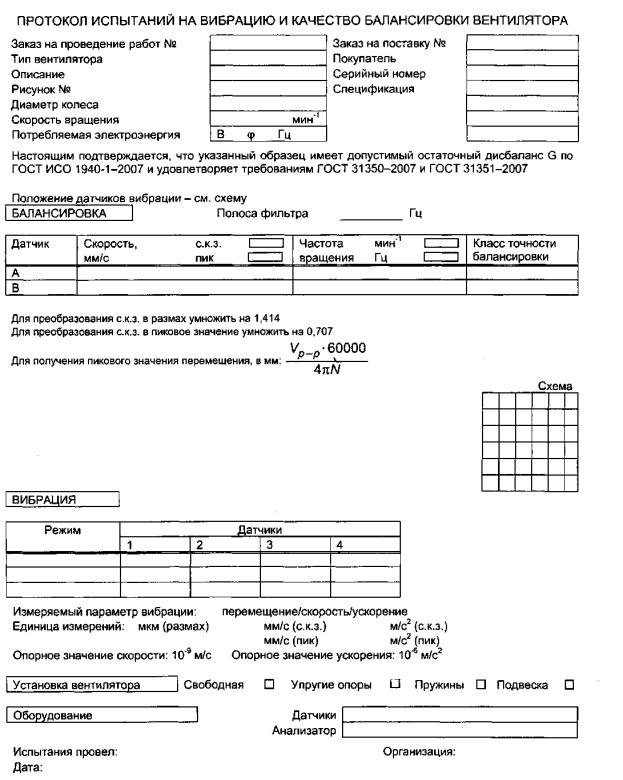Protokol Aerodinamicheskih Ispitanij Ventilyacii Blank
Page 1/7 Safety data sheet according to 1907/2006/EC, Article 31 Printing date Version number 1 Revision: 36.0.31 1 Identification of the substance/mixture and of the company/undertaking. 1,2,4-Trichlorobenzene is used as a dielectric and heat transfer fluid in transformers. It acts as an intermediate, degreaser, wood preservative and solvent for dye. It is a high-temperature solvent used in gel permeation chromatography, especially for polyethylene and polypropylene.
TitlePolotentse o dvukh raznykh kontsakh Kargopol'skoi uezda Olonetskoi gub. Kenwood radio programming software list. Izobrazhaet lev zveria i ptitsu dvuglavago orla. Ispolneno po kholstu tsvetnymi sherstiami. Additional title: Two different towel ends from Kargopol' of Olonets province. Names (Collector) Collection Dates / Origin Date Created: (Inferred) Place: Library locations Shelf locator: Slav.

Reserve (Photo) (Dolmatov. Obraztsy.) Shelf locator: Slav. Reserve (Photo) (Dolmatov. Chandrakanta serial title song mp3 free download life ok online.
Obraztsy.) Topics -- Genres Type of Resource Languages Identifiers NYPL catalog ID (B-number): Universal Unique Identifier (UUID): 627e0340-c60a-012f-103d-58d385a7bc34 Rights Statement The copyright and related rights status of this item has been reviewed by The New York Public Library, but we were unable to make a conclusive determination as to the copyright status of the item. You are free to use this Item in any way that is permitted by the copyright and related rights legislation that applies to your use.
An unexpected borylation of organic halides with a silyborane in the presence of an alkoxy base has been observed. This formal nucleophilic boryl substitution can be applied to a broad range of substrates with high functional group compatibility. Even sterically hindered aryl bromides afforded the corresponding boryl compounds in high yields. Preliminary mechanistic studies indicated that this boryl substitution is promoted by neither transition-metal contamination nor a radical-mediated process.